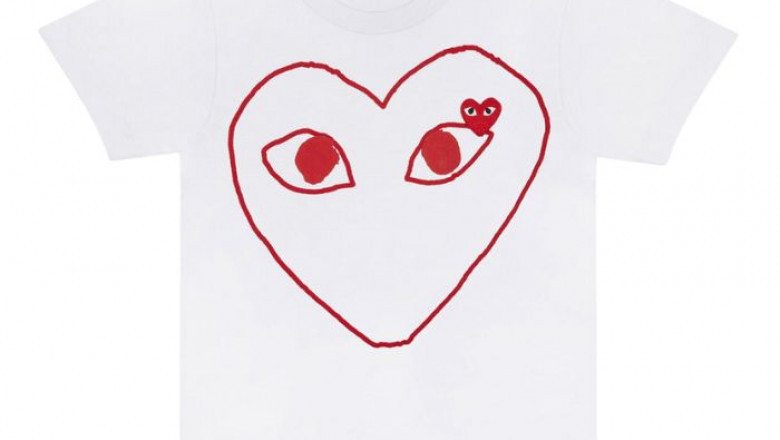views
Runway Magic by Comme Des Garcons
The Theatre of the Absurd: Redefining the Runway
Forget the polite strut. Forget the smug front row, waiting for the next “It bag.” A Comme des Garçons runway show doesn’t just challenge fashion norms—it gleefully detonates them. It’s not a presentation; it’s a happening, where garments don’t walk so much as haunt, hover, or crash into the subconscious. Each show is its own cryptic novella, a non-linear narrative delivered in tulle, wool, and latex.
There are no seasons here. Only statements.
Rei Kawakubo’s Vision: The Mastermind of Mystique
Rei Kawakubo doesn’t design with trends in mind. In fact, she often doesn’t design with the body in mind. Her work is spiritual, architectural, emotional. She once famously said she wants to "create something that didn’t exist before." And she does—over and over again.
Kawakubo isn’t just a designer. She’s a mythmaker, conjuring feelings that can’t be pinned down. Her runway magic lies in how she destabilizes comfort, forcing the eye—and the heart—to adjust.
Iconic Moments: When Fashion History Was Made
There are runway moments, and then there are Comme moments. The Spring/Summer 1997 collection, nicknamed “Lumps and Bumps,” featured padded distortions that bulged from beneath sheer dresses—controversial, grotesque, unforgettable. Critics scoffed. Museums later enshrined it.
Then there was Fall/Winter 2012: ghostly white wigs, sculptural black forms, and silhouettes that seemed born from dreams—or nightmares. These weren’t garments. They were emotions manifested, raw and unresolved.
Fabric as Emotion: The Language of Texture and Shape
In Kawakubo’s world, fabric is more than material—it’s a medium of emotive communication. Felt becomes fear. Tulle becomes tenderness. Stiff neoprene might articulate tension; crushed velvet, nostalgia. The cut and contour of each piece is an argument, a declaration, sometimes a scream.
Shapes refuse to flatter. They distort. They protect. They provoke. Volume is not aesthetic—it's ideological.
Sound, Light, Space: Immersive Runway Experiences
A Comme show often feels like stepping into a dreamscape—or an interrogation room. The lighting might be funereal. Or strobe-lit like a rave in purgatory. The soundtrack? Anything from Bach to industrial noise. It’s never background music—it’s a sonic weapon, engineered to evoke.
The set designs aren’t sets. They’re states of mind. Mirror-lined catwalks, scorched earth floors, towering mazes—each one carefully calculated to make you feel just slightly off-kilter.
Models as Muses: Subverting the Standard
Forget flawless cheekbones and perfect walks. Comme casts models who resist typecasting. Children, older adults, and those outside the industry’s narrow beauty paradigm have all walked Kawakubo’s stage. Their purpose? To inhabit the garment, not glamorize it.
Here, the human form is just one part of the sculpture. At times, it even disappears, dwarfed by fabric, shadows, and spectacle.
Beyond the Season: The Timeless Impact of a Comme Show
While most runway shows evaporate after a few hours on Instagram, Comme’s linger like a scent, like a memory you can’t place. Designers from Iris van Herpen to Craig Green nod quietly in acknowledgment. Critics revisit collections like sacred texts. Museums treat them as modern relics.
A Comme runway moment is rarely just about fashion. It's often a reflection on war, love, death, or identity itself. The clothing may change, but the conversation never ends.
Conclusion: The Magic That Lingers
Runway magic, in the hands of Comme des Garçons, isn’t about dazzling sequins or celebrity sightings. It’s about the alchemy of discomfort, beauty, intellect, and imagination. These shows aren’t spectacles—they’re sermons. They don't entertain; they transform.
In an age of fleeting virality, Comme des Garçons creates moments that matter. The kind of magic that doesn’t fade when the lights dim, but follows you long after the runway is empty.














Comments
0 comment